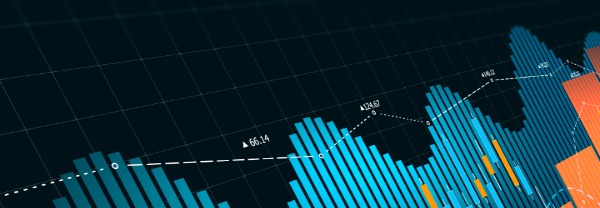Creating a Long-Term Energy Strategy

The following article recently published in Supply & Demand Chain Executive. You can access the original article on the magazine's website here.
For more insights from IGS Energy, visit our Energy Resource Center.
How to Effectively Develop a Long-Lasting Energy Strategy
Even those who aren’t regular consumers of energy industry news have likely come across a news report focused on how (and why) the American power grid is evolving.
During periods of volatile energy markets, like the ones we've
witnessed in recent years due to a variety of factors, businesses
need to have a strategy designed to meet their unique needs.
For energy-intensive industries, the impact of having a strategic
approach toward managing, monitoring and, ultimately, reducing, energy usage is
huge. Here’s where to start.
Step 1: Work With Your Supplier to Determine Your Energy-Buying Strategy
For energy decision-makers who are hoping to manage costs better, there are some key considerations. First, you must assess your organization’s risk appetite. There are two common strategies businesses use to buy their energy: a fixed-price, point-in-time strategy and a flexible buying strategy.
A Fixed Energy Price Contract
This buying strategy helps offset the hourly variability in energy prices. Ultimately, this option favors cost certainty by locking in several years’ worth of energy at the current price for the length of the contract. When a business makes a purchase when rates are low, it benefits from that lower rate for the entire term. The monthly bill still varies, based on consumption, but the rate paid stays constant regardless of what happens in the market.
If a business is more risk-averse, it can manage that risk with this type of contract. However, it’s important to note that timing is everything. It’s critical to lock in when rates are low and flat or falling for the period, you’re considering long-term price certainty may come with a price premium.
A Time-of-Use Contract
This option directly passes on wholesale prices to consumers. When choosing this type of product, it’s important to understand how the energy market has been developed, as well as the fundamentals that affect these rates. For example, in deregulated energy markets, an hourly energy auction takes place, during which generators bid to participate. Rates are influenced by the demand for generation typically driven by weather, generators’ efficiency, and the cost of fuel.
Power markets can be volatile, so it is important to continuously monitor market conditions, just as you would with the financial markets, and adjust as necessary to stay ahead of changes.
Step 2: Focus on Efficiency
Energy efficiency is something companies can control even when markets are volatile.
To begin, companies should establish a baseline for their energy usage and continuously monitor it. Understanding current energy consumption and its impact on expenditure is essential for informed decision-making. Before making any efficiency improvements, companies should consider an energy audit or real-time monitoring solution to help benchmark usage.
Once a business is tracking its usage, an experienced supplier can help it better understand when its energy usage is costing them more. There are peak times of the day during which energy is more expensive due to higher demand.
Understanding Your Usage
About half of an energy bill is driven by the energy demand. The demand is the measurement of the largest interval of power used during the billing period. Consumption, meanwhile, is a measurement of the total quantity of power used during the billing period.
The demand an energy customer is billed for is the peak amount of power used at any one time during the billing period in question. Since consumers aren’t charged for demand when they’re using less than the peak amount, efficiency efforts typically result in savings by lowering the demand required to run operations.
The relationship between your energy demand and your consumption typically measured by your load factor. This is a ratio of your energy consumption for the billing period divided by the product of your peak demand and the number of hours in the billing period. This is expressed as a percentage. The higher your load factor, the lower your average cost per kilowatt hour. Electricity generators prefer the slow and steady turtle and reward them for that behavior.
Take Better Control of Your Energy Spend
The best energy strategy begins with a conversation around risk and a customer’s risk appetite. Organizations must work with an expert who has enough experience and expertise to understand the options available and, from there, select the right product or products that align with the business’s risk appetite and sensitivity to price fluctuations.
It’s important to remember that efficiency upgrades can make a major dent in energy consumption. Working with an informed energy partner can help pinpoint simple yet effective strategies for reducing energy waste and supporting your organization’s bottom line.